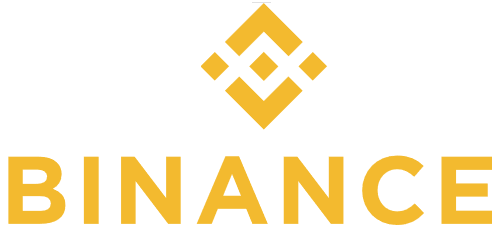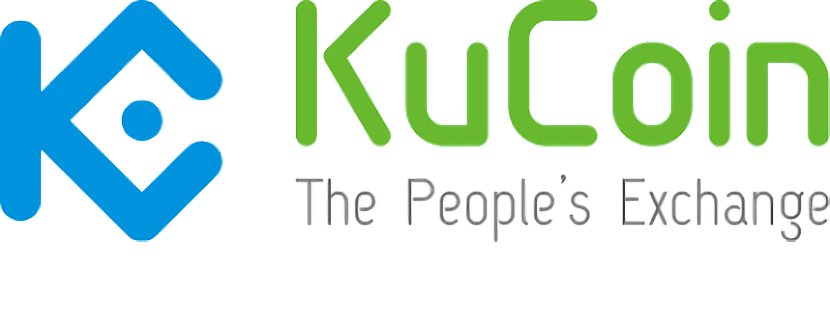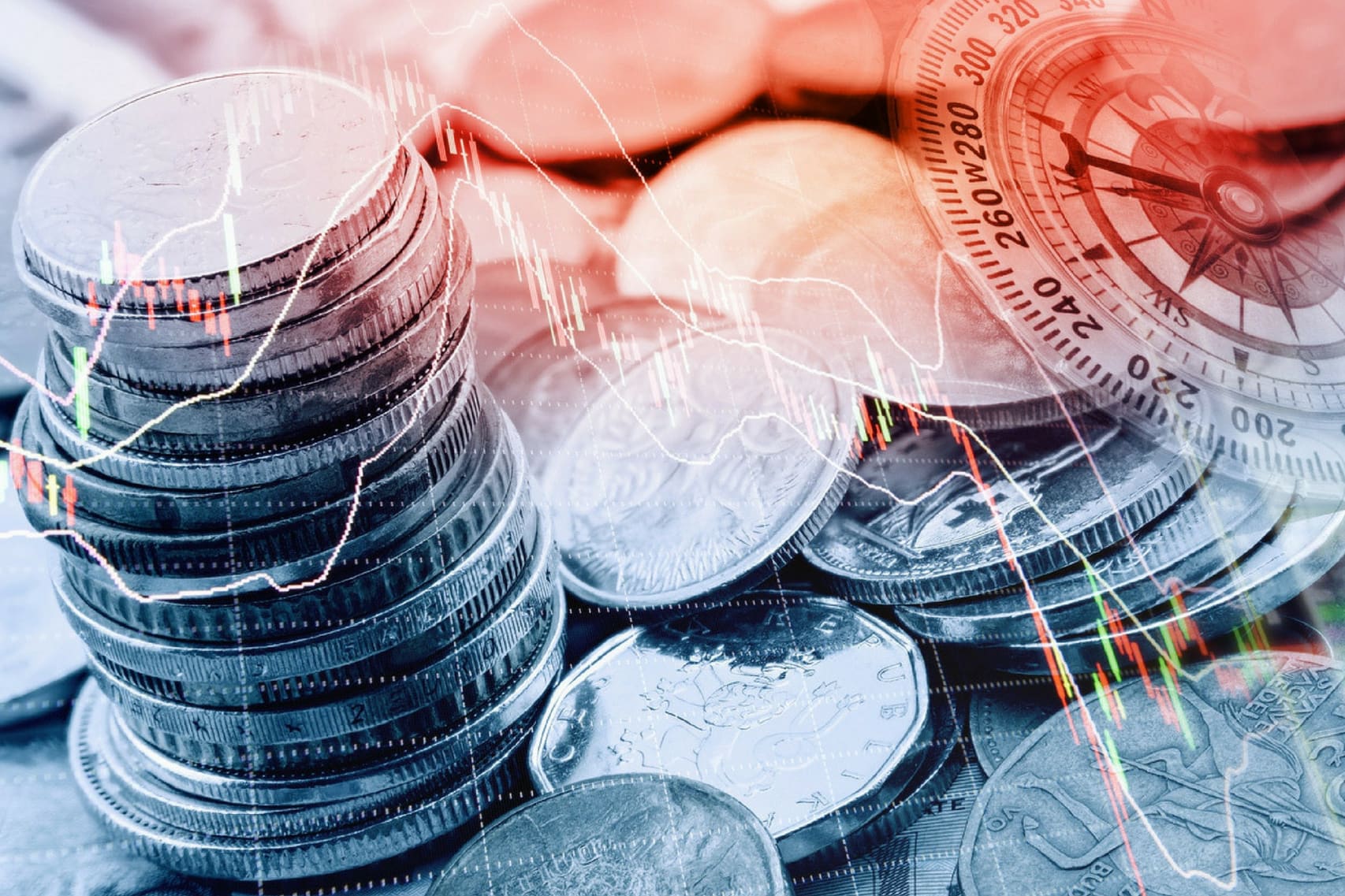Exchanges set up their own coins to help the liquidity of all the other coins on their exchange, in part to help less established coins find a market. After all, if a certain cryptocurrency can’t be traded for any other coin, then investors are even less likely to take the risk of buying it in the first place.
If, however, an exchange can promise you that no matter what, so long as a coin is listed on their exchange, you can trade it for their token, which in turn can be traded for others, then it makes that coin less isolated and less risky.
While the basic purpose of this type of coin was originally to facilitate smooth trading on an exchange, it comes as no surprise to anyone that these coins became worthy investments in their own right. They have the advantage of guaranteed liquidity, plus the backing of large and well-funded entities — the exchanges that created them.
The only downside to exchange coins is that they are unlikely to ever grow beyond the exchanges that offer them. You are unlikely to see these coins offered as a popular means of payment for goods and services at your local store. Also, being tied to a particular exchange means they will succeed or fail in tandem with that exchange’s fortune. Exchanges have collapsed under hacks and poor management before, such as the infamous Mt. Gox.
The value of exchange coins are likely to follow overall market trends. More people entering the world of cryptocurrency means more people using exchanges and more opportunities for them to use an exchange coin to get from one coin to another. With exchange coins growing in value at a rate commensurate with the growth of the exchange supporting them, they are likely to be a steady long-term investment.
In this article, we take a look at the top 3 exchange coins.
Binance Coin ($BNB)

Binance, headquartered in Malta, is currently the world’s largest cryptocurrency exchange by trading volume, with US$4 billion traded per day. This also accounts for a quarter of all Bitcoin (BTC) trading.
These are impressive stats for an exchange that only came into existence in 2016 and “only” raised US$15 million in the ICO for its BNB token a year later. While $15 million is a respectable amount of money, it pales in comparison to other ICOs from around the same time that were raising amounts in excess of $100 million in mere hours or even minutes.
Still, through strategic marketing and attractive features, such as a 50% discount on trading fees when paying in the BNB token, Binance grew rapidly to its top spot today. One popular feature is the “Community Coin of the Month” program, where Binance users can vote on new tokens to be listed without incurring the fees that tokens would usually have to pay to be on the Binance exchange.
Owning the BNB token appears to be a good investment because there are no indications that Binance will lose its dominance any time soon. Just as Binance itself did not exist 2 years ago, it’s impossible to say what the future holds or what new players may emerge on the scene that could disrupt the status quo.
But with the overall crypto market expected to expand and become as common to the mainstream market as the worldwide web did after the initial craze of the dot com bubble, even if other competitors arise, Binance could still maintain plenty of market share to sustain a valuable coin.
There is a total supply of 192,443,301 BNB, with just over 95 million currently in circulation. Binance “burns” some amount of coins every quarter in order to increase the value of the remaining coins. They do this in essence to reward existing coin holders, the theory being that it’s a cheaper method of increasing value for token holders than paying out dividends, as it requires less operational overhead and has less tax implications.
Kucoin Shares ($KCS)

Kucoin calls its coin “shares,” and somewhat like a share, holding a Kucoin gives you a stake in the company. You don’t get voting rights, but you do get bonuses if the overall trading volume goes up. Kucoin shares 50% of its trading revenues with its Kucoin holders. The more Kucoins you hold, the more passive income you get.
The passive income is paid daily, and not all in Kucoin. You actually receive your dividends in the form of all the currencies they have on their exchange, which is over 200. Even though some coins may only come to you in trace amounts, with payouts coming in every day (depending on how much Kucoin you’re holding), your portfolio will slowly but steadily accrue over time.
This makes Kucoin a very attractive hold if you like to explore and experiment with a wide variety of coins. You’ll soon find yourself with a stake in a multitude of coins, some of which you may never have considered buying before. If you’re lucky, some of them will have a moon shot while you didn’t even realize you had them, which could be a nice surprise down the road.
There is a total supply of 180,730,576 KCS, with about 90 million in circulation. Kucoin is currently lower in the overall exchange ranking system, but like Binance’s token, KCS offers some very attractive incentives, and they might be set to aggressively move up the ranks.
Huobi Token ($HT)

Huobi Tokens are a little more complicated to get than other exchange tokens, as you have to buy Huobi’s “point cards” in order to get them. Point cards are in a way like buying Tethers, with each point worth US$1. The points are then used to purchase tokens on the exchange. The important point to note here, though, is that at the same time, you are also getting an equivalent amount of HT. 1,000 points purchased gives you 1,000 HT.
Huobi has a program in place where they buy back 20% of circulating supply every quarter, which increases the value of your holdings by that much automatically. However, unlike Binance, which burns the purchased coins, Huobi holds the coins they’ve bought back in a fund that they say is used to protect HT holders and their exchange users in case there is a need to compensate anyone for any kind of problem, such as a hack.
Since this isn’t a true 20% reduction in supply (the coins still exist even though they’re being held in reserve), it might not be a true 20% value increase for all holders of the HT token. However, having the insurance of the Huobi fund might be comforting to risk-adverse token holders.
Like other exchange tokens, using HT to pay for transaction fees on the Huobi exchange gives you a 50% discount. Huobi also offers invitations to special offers, such as receiving some amount of a new token listed on the exchange. Unlike many other exchange tokens, Huobi lets HT token holders participate in surveys so that their opinions can be heard on such matters as improving the exchange’s services.
There is a total supply of 500,000,000 HT, with 50,000,200 in circulation. Huobi is currently the #3 exchange in terms of 24-hour trading volume, which means its token has a good secure base on which to derive its value for the foreseeable future.
Conclusion
Exchange coins are not the only type of coin to offer you airdrops of new tokens, but they’re probably the only kind of token that potentially give you incentives and rewards in other tokens as well. If you trade tokens often or convert from fiat through an exchange anyway, it certainly wouldn’t be a bad idea to hold some tokens on that exchange to reap the benefits of the discount. And then all the other benefits come as a bonus.
These days, more and more exchanges are offering their own tokens, so there are more to choose from than just the ones listed above. There’s also CET on Coinex, OKB on OKEX, and CEFS on Cryptopia, just to name a few.
All in all, exchange-based tokens are a sound bet so long as you believe in the stability of the exchange behind it.
Related: Best Cryptocurrency Exchanges

